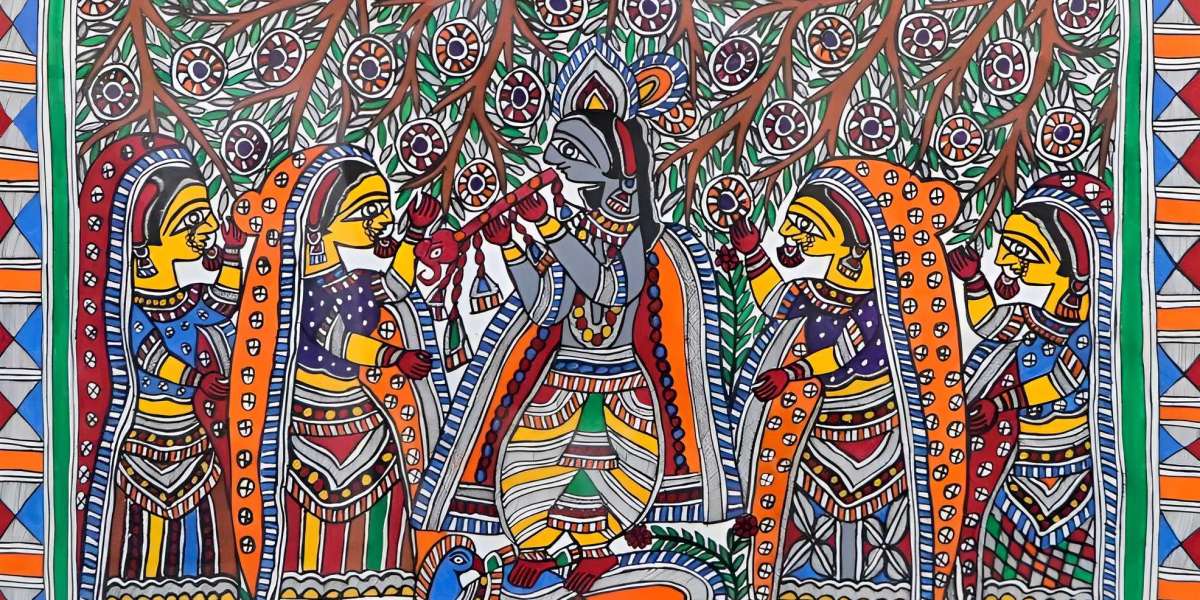Introduction
Madhubani painting, also known as Mithila art, is a traditional form of folk art that originated in the Mithila region of India. This vibrant and colorful art style is characterized by intricate patterns, geometric shapes, and vibrant colors. If you are a beginner looking to explore the world of Madhubani painting, this blog is for you! In this guide, we will provide you with easy tutorials and techniques to help you get started on your Madhubani painting journey.
Understanding Madhubani Painting
Madhubani painting is deeply rooted in tradition and mythology, often depicting scenes from Hindu epics and folklore. The art form uses natural dyes and pigments, making it an eco-friendly and sustainable artistic practice. The paintings are typically done on handmade paper or cloth, using brushes, twigs, or even fingers to create intricate designs.
Materials You Will Need
Before you begin your Madhubani painting, make sure you have the following materials ready:
Handmade paper or cloth
Natural dyes or acrylic paint
Brushes or twigs for painting
Pencils for outlining
Water and a palette for mixing colors
Easy Tutorials and Techniques
1. Choose Your Design
Start by choosing a simple design for your Madhubani painting. Traditional motifs include flowers, birds, geometric patterns, and mythical figures. You can also find inspiration from nature, folklore, or personal experiences.
2. Sketch Your Design
Using a pencil, lightly sketch your chosen design on the paper or cloth. This will serve as a guide for painting and ensure symmetry and accuracy in your artwork.
3. Add Colors
Once your sketch is complete, start filling in the colors using either natural dyes or acrylic paint. Madhubani paintings are known for their bold and vibrant color combinations, so feel free to experiment with different hues.
4. Add Details
After the base colors are in place, add intricate details and patterns to enhance the beauty of your painting. Focus on creating intricate lines, dots, and geometric shapes to bring your design to life.
5. Let It Dry
Allow your painting to dry completely before framing or displaying it. Once dry, you can also add a protective layer of varnish to preserve your artwork for years to come.
Conclusion
Madhubani painting is a beautiful and expressive art form that can be enjoyed by beginners and experienced artists alike. By following the easy tutorials and techniques outlined in this blog, you can create your own stunning Madhubani masterpiece. So, grab your materials, unleash your creativity, and dive into the colorful world of Madhubani painting!








